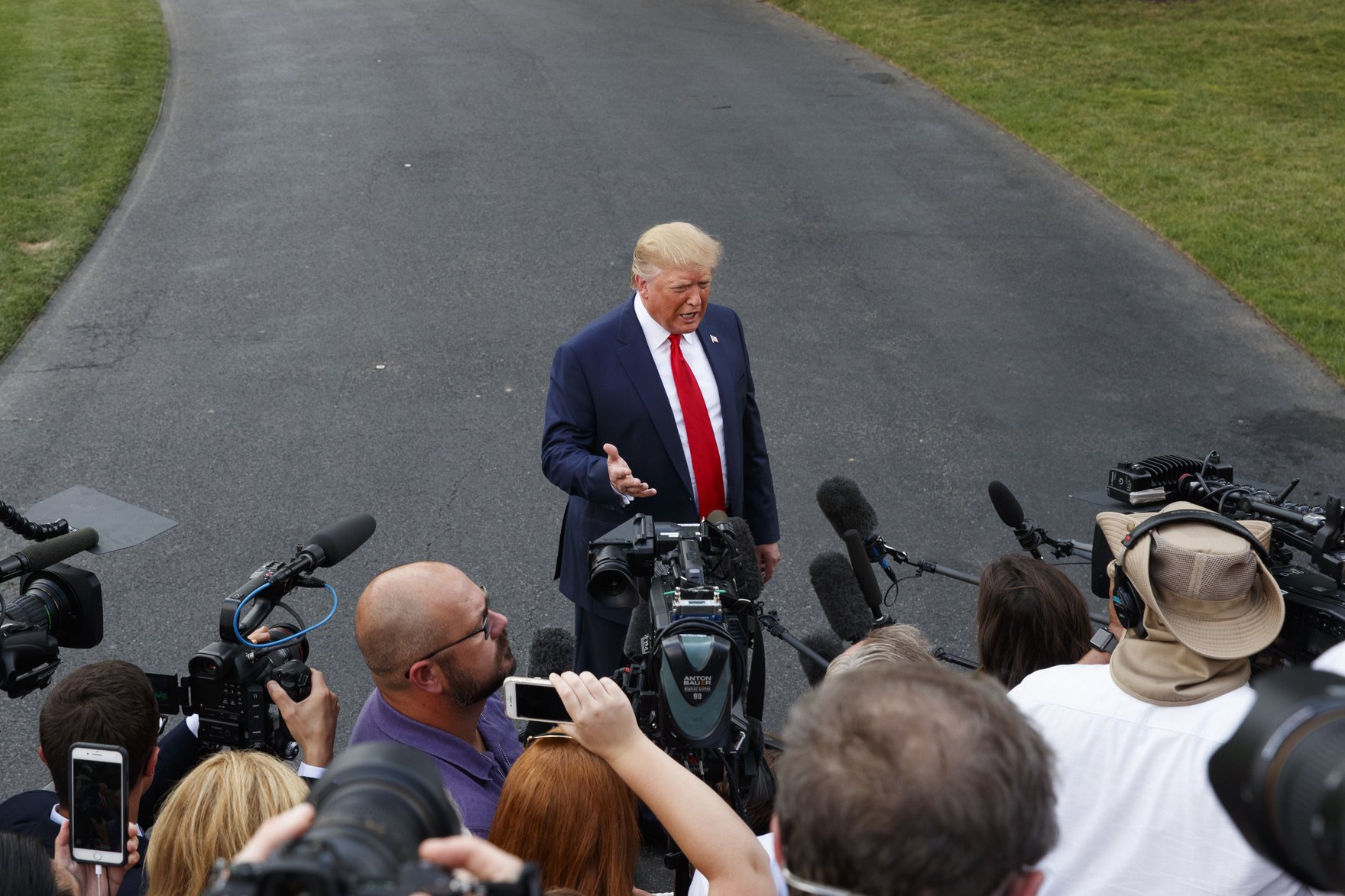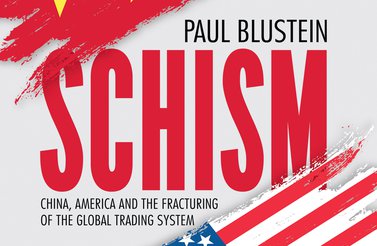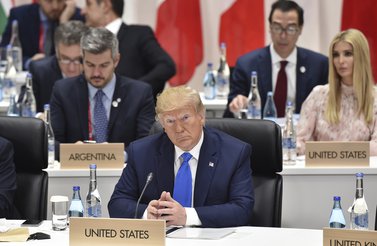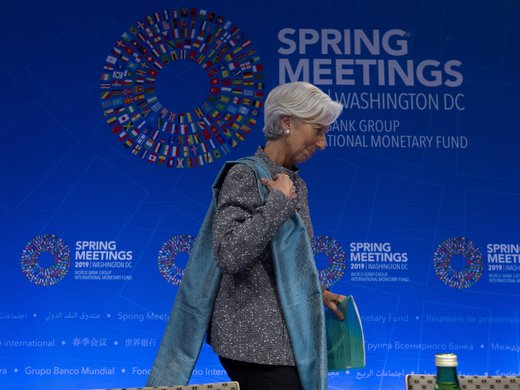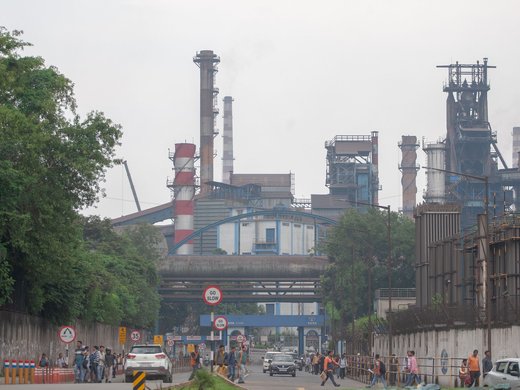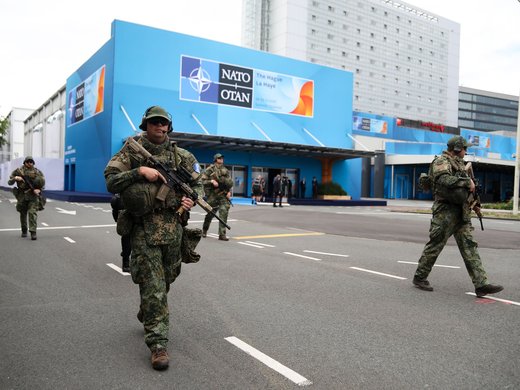Who knew chapter 33 of the new North American trade agreement — “Macroeconomic Policies and Exchange Rate Matters” — would become a reason for Canada and Mexico to push for swift ratification?
In article 33.2, Canada, Mexico and the United States “affirm that market-determined exchange rates are fundamental for smooth macroeconomic adjustment and promote strong, sustainable, and balanced growth.” Article 33.4 states that each country “should refrain from competitive devaluation, including through intervention in the foreign exchange market.” If any of the signatories thinks another has deployed “policies or measures” that are “associated with competitive devaluation” or the “targeting of exchange rates for competitive purposes,” article 33.7 would allow the offended party to demand bilateral consultations with the alleged offender to resolve the issue. And if that doesn’t work, the International Monetary Fund would be called in.
Chapter 33 was a weird addition to the United States-Mexico-Canada Agreement (USMCA), as all three countries have floating exchange rates.
The widely held assumption was that the United States wanted a precedent for negotiations with countries that have a history of intervening in foreign exchange markets. “With the inclusion of Chapter 33, the USMCA explicitly covers macroeconomic and exchange rate policies for the first time in a trade agreement,” said Stephanie Segal, a senior fellow at the Center for Strategic & International Studies in Washington. “The practical impact of Chapter 33 on current policies and practices of the three countries is limited,” she added.
Looking back now, it feels like an omen. In early August, US president Donald Trump fanned the flames of a currency war with China, introducing heightened political risk to a market that had been mostly free of it in recent years. By adding a new layer of uncertainty, Trump is testing the global economy’s resilience to his erratic policy making.
“Markets in recent days have reacted in ways suggesting high alarm, with investors flooding into safe-haven assets such as bonds, gold and even bitcoin and flooding out of riskier assets such as stocks and loans to businesses,” Lawrence Summers, Harvard economics professor and former US Treasury secretary, wrote in The Washington Post on August 6. “The risk of recession going forward might now be as high as any time since the 2008 financial crisis.”
For decades, US politicians have complained about other countries manipulating the value of their currencies, while saying little about the privileges that come from controlling the world’s de facto unit of exchange. Trump’s most recent predecessors opted to contain the threat in the halls of Congress. Robert Rubin, the longest serving of the Treasury secretaries during Bill Clinton’s presidency, introduced an unofficial “strong-dollar policy” that the US administration upheld under both George W. Bush and Barack Obama. In March 2018 at their Group of Twenty (G20) meeting in Buenos Aires, finance ministers and central bank governors said they would “refrain from competitive devaluations, and will not target our exchange rates for competitive purposes,” re-upping a consensus that brought a modicum of calm to foreign exchange markets after the financial crisis. G20 leaders highlighted their continued support of the 2018 commitment at their most recent summit in Osaka, Japan.
However, when it comes to foreign exchange, Trump and his officials have tended to sound more like the reactionary voices in Congress than a temperate economic diplomat. In January 2018, Treasury Secretary Steven Mnuchin said that “obviously a weaker dollar is good for us as it relates to trade and opportunities,” although he would eventually backtrack from those remarks. In June, Trump named European Central Bank President Mario Draghi in a tweet, accusing him of purposefully attempting to weaken the euro’s value against the dollar.
Then, at the end of July, the situation moved from tweets to action. The White House confirmed that officials considered buying international currencies to weaken the dollar’s value, and the president decided against it. However, when Trump was asked directly, he replied, “I didn’t say I’m not going to do something.” About a week later, he did do something.
On August 1, Trump said he would apply 10 percent duties on the $300 billion in Chinese goods that didn’t already face a border tax. (Less than two weeks later, on August 9, the Trump administration said it would delay tariffs on some of those goods until mid-December.)China retaliated by easing up on its efforts to keep upward pressure on the yuan, allowing the currency’s value against the dollar to slide somewhat. The Trump administration immediately punched back. The Treasury Department stunned global financial markets by designating China a “currency manipulator,” triggering a formal review under US law. “Secretary [Steven] Mnuchin will engage with the International Monetary Fund to eliminate the unfair competitive advantage created by China’s latest actions,” the Treasury said in a statement on August 5.
Financial markets have been churning ever since. Multiple bank analysts are warning their clients to prepare for a possible US intervention. The last time that happened was in 2011, when the United States joined other countries in weakening the yen, which spiked after an earthquake and tsunami devastated Japan. That move strengthened the dollar. The United States hasn’t attempted to weaken the dollar since 2000, when the Treasury and its peers intervened to bolster the euro.
“The past 24 hours alone demonstrates that this will not be a low-intensity conflict,” Daniel Drezner, a professor of international politics at the Fletcher School of Law and Diplomacy at Tufts University and a former US Treasury official, wrote on August 6. “This has the potential to get out of control extremely quickly.”
Trump’s currency war is worse than his trade war; it defies all economic logic. The dollar’s value is relatively high because the US economy is stronger than most of its peers, and because the tariff battle is causing investors to flock to the safety of assets denominated in the American currency. The United States labelled China a currency manipulator after it stopped manipulating the value of the yuan. The Chinese economy has been slowing and market forces have been putting downward pressure on the currency’s value. The central bank has been inflating the market price by using its store of foreign exchange reserves to buy yuan, in part to provide market stability.
“By labeling as Chinese currency manipulation an exchange-rate move that was obviously a natural response to his boss’s policies, [Mnuchin] has damaged his credibility and that of his office,” Summers said in his Washington Post opinion piece.
The Treasury designation is mostly symbolic. However, in the current context, the symbol might not be the one that drafters of US currency law intended. Rather than isolating a bad actor, the Trump administration is exposing itself as an inconsistent and incoherent force in the global economy. Currency wars had gone dormant. Now they’re back, as every major central bank will have to weigh the risk of irritating the White House.
No one talked about the currency clause ever being invoked when Canadian Prime Minister Justin Trudeau, former Mexican President Enrique Peña Nieto and Trump concluded negotiations on the updated North American trade agreement last fall. They will be now. Once the deal is ratified, Canada and Mexico could be forced to use it.
